For 500 issues, Gay Times Magazine has been at the forefront of amplifying the voices and experiences of LGBTQ people in their march towards true equality. In 1984, the GAY TIMES brand first appeared on the cover alongside our parent title HIM. It marked the start of a shift in queer storytelling and reporting, proudly and unapologetically printing the word ‘GAY’ on the masthead every issue. Over hundreds and hundreds of covers, Gay Times Magazine has chronicled the tragic lows and historic highs of the queer experience during the past 35 years. Flicking through our archive highlights not only the journey the LGBTQ community has been on over the past four decades, but how we as Europe’s longest-running queer publication have evolved. In celebration of this milestone in our history, we asked queer artist Jorge Garcia Redondo to reimagine our very first cover to represent what GAY TIMES was, and continues to be: a lifeline for the LGBTQ community. AARON PHILIP Aaron Philip doesn’t want to be known as the disabled, black, trans model. She’s a model, period. “Being trans and disabled... I don’t want to claim it because I have to claim it. I claim it because it is me, objectively,” she says. “Why should that make me an entirely different entity of model, when I’m just Aaron Philip?” Earlier this year, the 18-year-old made her runway debut at Willie Norris’ fashion show with the words ‘Queer Capital’ on the back of her wheelchair; since then, she’s landed her own campaign with Sephora and has a genuine fan in - and we’re going to capitalise this - NAOMI CAMPBELL. She’s also become a beacon of light for those in minority communities who want to follow in her footsteps and ‘feel their fish’. “I love the fact that people who are just like me can relate to me and feel represented,” she continues. “That’s what I want, I want people to look at me and feel like they have someone who is advocating for them.” We asked Aaron’s close friend, actress and singer-songwriter Amandla Stenberg to interview the star about representing the black, trans and disabled communities, and how the fashion industry is slowly catching up with diverse representation. BLAIR IMANI Blair Imani lives at the intersection of a multitude of identities. She’s Black, bisexual and a Muslim. She’s a historian, an activist and an author. Her book Modern HERstory, much like her own activism, celebrates women and non-binary champions of progressive social change; she’s been a prominent voice in the Black Lives Matter movement; and regularly uses her online presence to call for change on the social justice issues that matter. But for Blair, she doesn’t want people to see her as the ‘token representative’ for her respective communities. “I think what happens as people of colour, as oppressed people, when you do something that’s outside of the narrative of what you’re ‘supposed’ to do, all of a sudden you’re a spokesperson for that community, and I think that’s particularly true for Islam,” she says. “It’s always interesting how people have this monolith idea of what Islam is and what Muslims are. And that also has to do with queerness, as a bisexual woman people are often like, ‘Okay then, prove it.’ It’s so exhausting.” For our 500th issue, Blair speaks to singer-songwriter and close friend Leo Kalyan about their shared experiences as queer Muslims, and her journey to becoming the activist she is today. CHELLA MAN Breaking out of the mould, actor and activist Chella Man is a much-needed new voice for the trans experience that’s finding him mixing with the big players, including his historic appearance in DC Universe’s Titans. But perhaps what’s more important, they’re visible and can be seen by others similar to their lived experience – and it’s a responsibility that’s of vital importance to Chella Man. Explaining that it was a complete lack of visibility and internalised oppression that prevented their own personal progression during their younger years. “My...
GAY TIMES
Issue 500
Magazine
-
Description
-
Details

OverDrive Magazine
- Release date: September 27, 2019
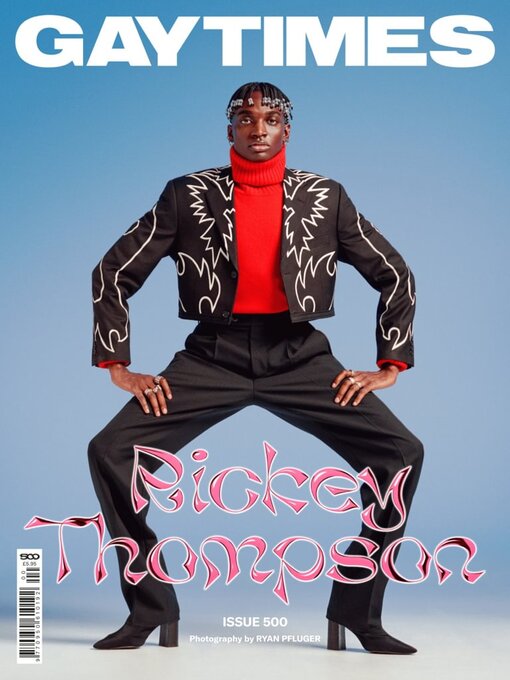
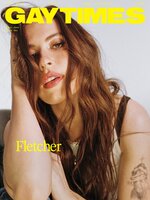 Apr 01 2024
Apr 01 2024
 Mar 01 2024
Mar 01 2024
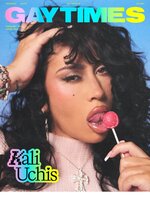 Feb 01 2024
Feb 01 2024
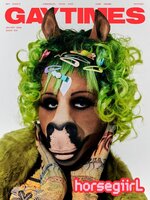 Jan 01 2024
Jan 01 2024
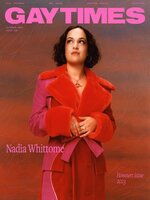 Dec 01 2023
Dec 01 2023
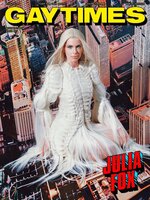 Nov 01 2023
Nov 01 2023
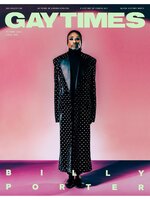 Oct 01 2023
Oct 01 2023
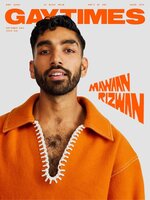 Sep 01 2023
Sep 01 2023
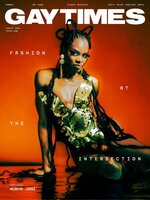 Aug 01 2023
Aug 01 2023
 Jul 01 2023
Jul 01 2023
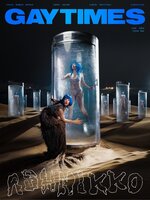 Jun 01 2023
Jun 01 2023
 May 01 2023
May 01 2023
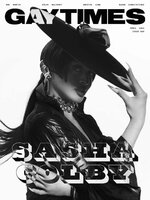 Apr 01 2023
Apr 01 2023
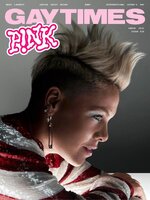 Mar 01 2023
Mar 01 2023
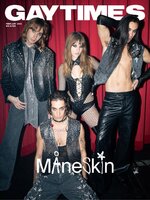 Feb 01 2023
Feb 01 2023
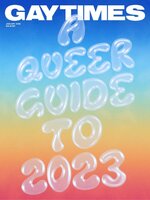 Jan 01 2023
Jan 01 2023
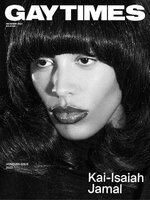 Dec 01 2022
Dec 01 2022
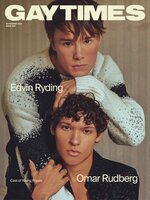 Nov 01 2022
Nov 01 2022
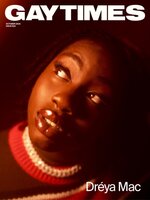 Oct 01 2022
Oct 01 2022
 Sep 01 2022
Sep 01 2022
 Aug 01 2022
Aug 01 2022
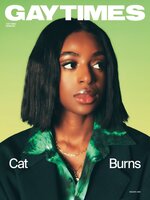 Jul 01 2022
Jul 01 2022
 Jun 01 2022
Jun 01 2022
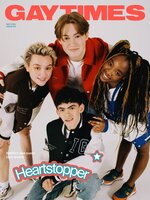 May 01 2022
May 01 2022